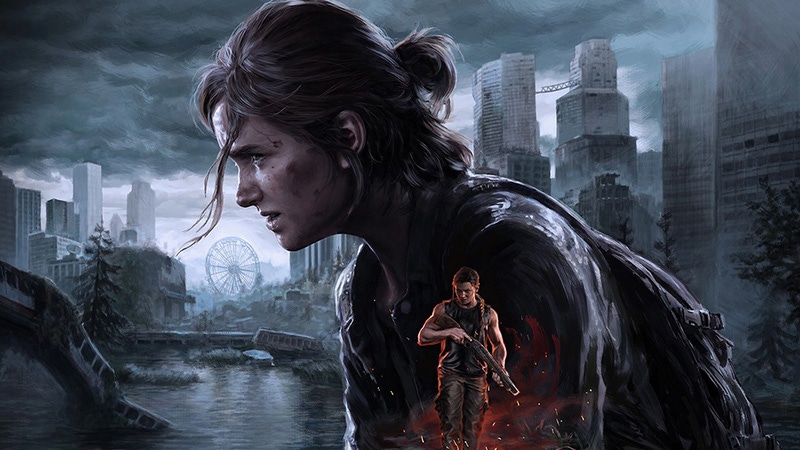Why The Last of Us Part II Remastered's roguelike mode won't get any DLC
Matthew Gallant, game director of The Last of Us Part II Remastered, explains why No Return won't receive any future content updates.

The future of Naughty Dog's development strategy was greatly scrutinized last year when the studio announced in December that it was cancelling a Last of Us live service multiplayer game that would apparently have required it to abandon its identity as a single-player game developer.
So when the studio unveiled its roguelike-inspired No Return mode, our ears perked up. Was this roguelike-inspired mode intended to receive regular updates in a bid to drive sales of The Last of Us Part II Remastered? Regular DLC updates are a staple of many roguelikes released on Steam, and such a move could generate recurring revenue for the company.
According to game director Matthew Gallant, the answer is "no." In our conversation about the design and production of No Return, he explained that it is "going to be a complete experience at launch," he said. "We don't have any plans for additional DLC for it."
His response made sense. Though the announcement of No Return and the cancellation of the multiplayer game came closely together, the call to make No Return a DLC-driven product would had to have be made over a year ago. Gallant however was keen to point out that No Return fits into how the studio's done DLC in the past—and how it's likely to do it in the future too.
Naughty Dog's DLC focus is on customization
Aside from the 2014 release of The Last of Us: Left Behind, a short downloadable adventure focused on Part II protagonist Ellie, Naughty Dog's strategy for updating its games has been about expanding how players can play them.
The initial release of The Last of Us was patched after launch to include a new "permadeath" difficulty, which kicked players back to the start of the game if they were killed in gameplay. "That's the more brutal version of a roguelike," Gallant observed. When releasing the PS5-optimized The Last of Us Part One, the company added a new "speedrun" mode that placed an in-game timer onscreen, and new options or players to customize enemies, resource availability on companion AI. "To me what's fun about that is you might say 'oh, I want another playthrough on the hardest difficulty but with tons of resources,'" Gallant said.
He said No Return is more of an evolution of that production process than a straight jump into regular roguelike game development. Another example of this, he said, was the new "guitar mode" feature that lets players freely play with the guitar mechanic without advancing to the early game level set in Seattle. (It also comes with a suite of additional tools that turns The Last of Us Part II Remastered into something of a digital instrument).
With that all in mind, No Return's debut as a "complete product" falls into place—not as something approaching a standalone game but another customizable assembly of the digital pieces powering The Last of Us Part II.
Gallant still expects the game mode to have a long lifespan for players who pick it up. It's designed to slowly roll out additional content and modes as they progress and it's preprogrammed with a dense set of daily trials that add variety for the game's dedicated community and a scoring system that drives "score chasers" to experiment with different playstyles.
If Naughty Dog's business model does shift in the next few years, developers will likely see something bigger than a roguelike spinoff.
About the Author(s)
You May Also Like













